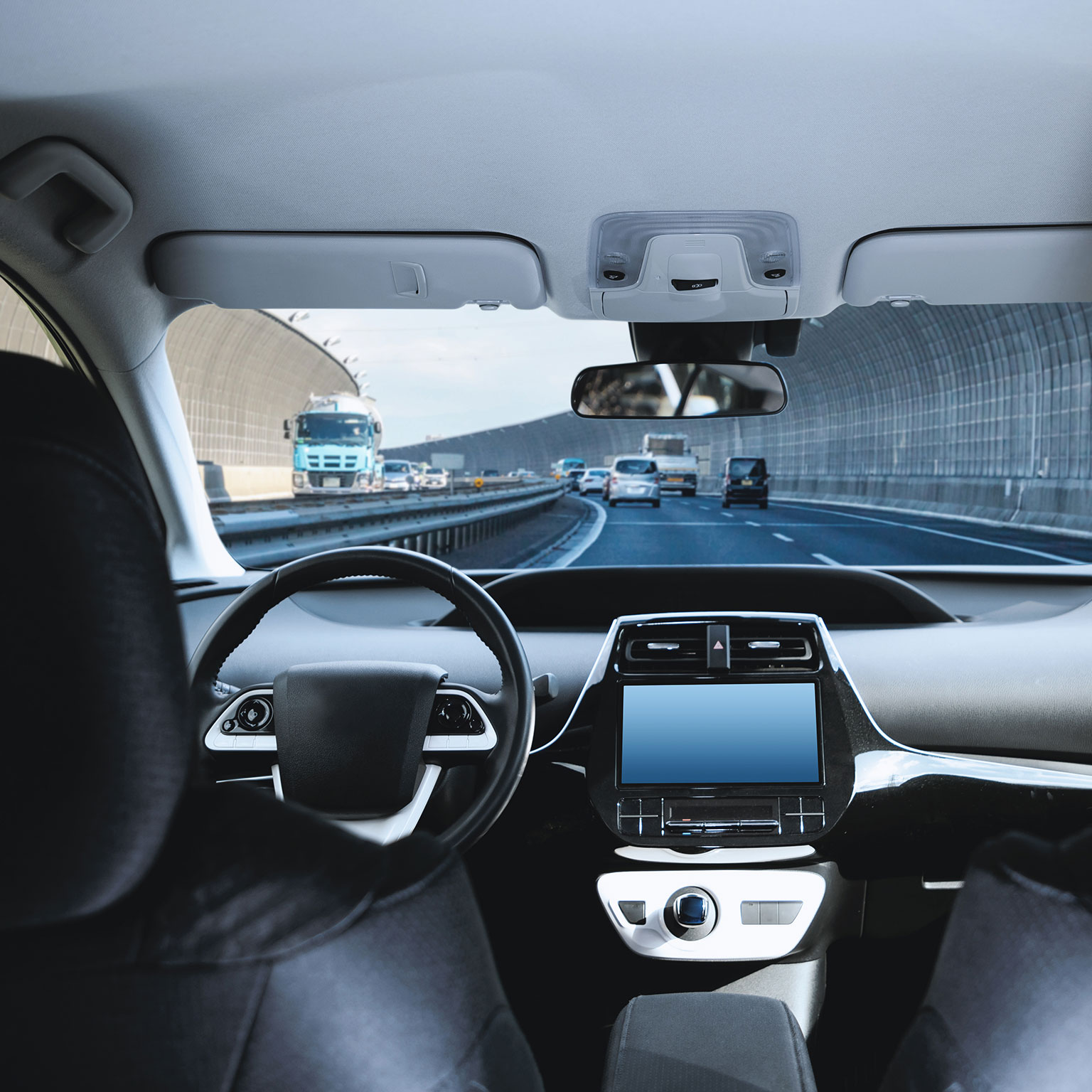Engine Component Basics: Intake and Exhaust
Introduction
You’ve seen it all: the funny-shaped engine, the massive vehicle being built in a factory, the car driving down the street. But how does it all work? By understanding how engines are constructed and basic terminology, you can gain a deeper appreciation for what goes on under the hood. Let’s start with intakes and exhausts.
Intake
The intake is the part of your engine where air enters. The air can be provided by either a carburetor or fuel injection system, depending on the type of vehicle you have. The intake is connected to an engine block and then to an intake manifold, which distributes coolant throughout your engine during operation.
Exhaust
The exhaust is the part of your vehicle that removes exhaust gas from the engine. Exhaust pipes are made of metal and can be made from steel, stainless steel or aluminum. These pipes are connected to an engine with a flange (a type of fastener).
Exhaust gases are produced as fuel burns in internal combustion engines, such as those found in cars and trucks. The hot gases generated by this process exit through an opening near the rear end of your vehicle called an exhaust manifold; this opening connects all four cylinders together so that they can be vented out through one pipe rather than having separate outlets for each cylinder.
Don’t be intimidated by the parts of a car engine.
Knowing the parts of a car engine is important for basic maintenance and diagnosing problems. It’s not necessary to know every detail about every part, but you should have an idea of what they do. The following is a brief description of some common engine components:
- Intake manifold: This component channels air into each cylinder, where it mixes with fuel before being ignited by spark plugs. It has been known to fail due to corrosion or damage from overheating (caused by poor cooling) or running too high an octane level in premium grade gasoline (which uses higher octane ratings).
- Exhaust manifold: Like its intake counterpart above, this component channels hot gases out of each cylinder after combustion occurs and sends them through piping leading away from your vehicle’s exhaust system where they exit into open air outside your car via tailpipes at either end where they meet up with other vehicles’ tailpipes so everyone can share in their fumes together!
Conclusion
Now that you know what all those parts do, it’s time to put them together and get your car running. That’s right–you can take on the challenge of fixing cars yourself! With a little research and patience, you’ll be able to save money on costly repairs by doing it yourself at home or work.

